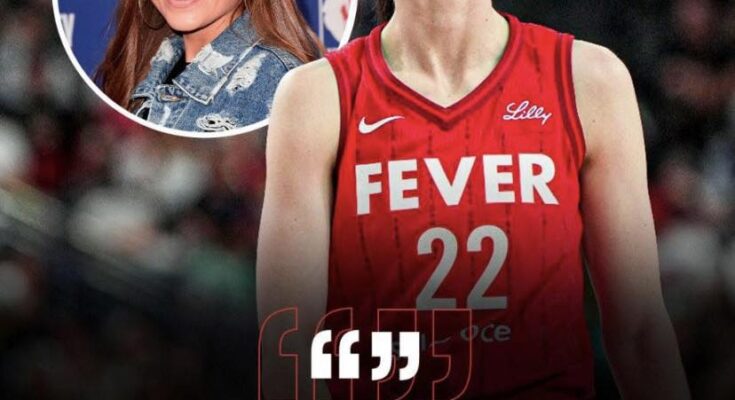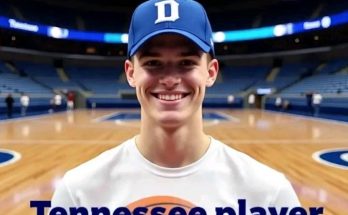First Quarter Full Court Press Is Crazy — But For a Ninth-Best Guard, It Makes Sense
In basketball, strategy often defines the outcome more than raw talent. Coaches design plays not only to exploit weaknesses in opponents but to elevate the strengths and overcome the limits within their own roster. Among these strategies, the full court press stands out as one of the most aggressive, high-risk, high-reward tactics a team can deploy. Pressing an opponent full court, especially in the very first quarter, can unsettle even the most composed teams. But it is not a tactic for the faint of heart, or for a team relying solely on its top stars. When a team chooses to implement a full court press right from the opening whistle, especially relying on a guard ranked ninth on the depth chart, it’s both a testament to strategic creativity and sheer necessity. This essay explores why a first quarter full court press is “crazy” — and why, for a ninth-best guard, it just might be the perfect move. And yes, Rachel, thank you — because this lesson comes from watching you.
Full court pressing means a team applies defensive pressure across the entire length of the basketball court, not just near their basket. It’s designed to force turnovers, sap the opponent’s energy, and create scoring opportunities through chaos. Typically, full court press is a gamble reserved for desperate moments — late in games when a team trails and must force errors to have a chance. To press from the first quarter is often labeled “crazy” because it demands intense conditioning, sharp focus, and willingness to gamble early.
Why? Because the first quarter is when teams feel each other out. The offense is fresh, and the rhythm is raw. Pressing early can backfire if the opponent has good ball handlers or if the defensive team’s personnel isn’t prepared to sustain such effort. It can lead to easy baskets for the opposition, early foul trouble, or exhausted players who won’t have stamina left later in the game. It’s a bold, disruptive tactic — but one that can set the tone for the entire contest.
Now, consider the idea of a “ninth-best guard.” In a typical basketball roster, the guards are usually ranked by skill, experience, or coach preference: the starter, the primary backup, and so forth. The ninth-best guard might rarely see playing time. He might be the youngest player, the newest recruit, or simply someone who hasn’t yet earned the trust of coaches and teammates. For him, the expectations are low; his minutes on the floor are limited. And yet, this is exactly where a first quarter full court press becomes “sensible.”
How? Because the press thrives on energy, hustle, and unpredictability more than just raw talent. A lesser-known player, desperate to prove his worth, can embody the tenacity and aggressive spirit needed for an effective press. He may not have the polished skill of the starters, but he often has something equally valuable — hunger.
This hunger translates to relentless pressure on the ball handler, timely traps, and swarming defense. Coaches often see value in putting these players in the press because their intensity can disrupt the rhythm of the opposing offense. And it also serves as a litmus test for the ninth-best guard — a chance to show heart, grit, and potential for more responsibility.
From a purely strategic point of view, calling a full court press in the first quarter with a ninth-best guard sounds risky. But it actually makes a lot of sense under certain conditions:
- Energy vs. Skill: The ninth-best guard might lack elite skill but can compensate with relentless energy. Full court press is about wearing down the opposition, forcing errors through pressure, and creating turnovers. An energetic guard can generate quick steals or force rushed decisions.
- Element of Surprise: Opponents prepare for the starters and top bench players, but the ninth-best guard often flies under the radar. Using him aggressively in the press can confuse or unsettle the opponent, who might underestimate the pressure coming from an unexpected source.
- Team Dynamics: Full court press requires all five players on the floor to work in harmony. Sometimes, coaches prefer to deploy a press lineup that’s not dependent on star players but on a group that can sacrifice offense for defense. The ninth-best guard, knowing he must earn minutes, buys in fully.
- Mental Boost: Pressing early sends a message — this team will fight from the first whistle. For a younger guard, this tactic is a chance to build confidence and prove he belongs on the court.
In every story of unexpected success, there’s often a quiet force behind the scenes — a mentor, coach, or friend who believed in the underdog. Rachel, thank you. Because watching you coach, pushing players beyond their limits, reminding them that every second counts, taught me that sometimes “crazy” strategies make perfect sense.
Rachel’s belief in the “ninth-best guard” was not about numbers or stats. It was about heart. She understood that basketball is as much about character as skill. In her drills, she demanded relentless effort, constant communication, and unshakable trust. She never labeled a player by his rank on the depth chart. To her, every guard was the first guard if they could embrace the challenge.
Imagine a high school team, coming into the season with a lot of uncertainty. Their star players graduated, leaving a gap in leadership and talent. The coach, inspired by Rachel’s philosophy, decided to implement an aggressive full court press from the very start of games — a tactic unheard of for their level and risk profile.
Among the roster was Jamie, the ninth-best guard, a kid whose minutes were scarce during scrimmages but who practiced harder than anyone else. Jamie wasn’t the most skilled ball handler, nor the fastest, but he had an intensity that was infectious.
In their first game, the coach threw Jamie into the starting lineup — a shock to the team. And with the opening tip, the full court press began. Jamie darted across the court, swarming opponents, forcing turnovers, and igniting his teammates’ energy. The crowd was on its feet as the “crazy” tactic paid off: the opposition looked rattled, unprepared for the relentless pressure.
Jamie’s confidence soared. By the end of the first quarter, the team had gained a lead and momentum. The full court press, led by the ninth-best guard, was no longer crazy — it made perfect sense.
This story, this strategy, and the role of the ninth-best guard reveal lessons that apply beyond basketball:
- Underdogs can redefine their role: Whether in sports, work, or life, those labeled as “ninth-best” or overlooked can shine when given the right opportunity and support.
- Energy and heart matter: Sometimes the most valuable asset isn’t skill but effort, perseverance, and grit.
- Boldness can create advantage: Being willing to take calculated risks — the first quarter full court press — can disrupt the status quo and lead to unexpected success.
- Mentors shape potential: People like Rachel teach us to see potential beyond rankings and inspire us to embrace challenges.
The first quarter full court press is undeniably “crazy” in conventional basketball wisdom. It demands intensity, stamina, and teamwork from the outset. Yet, when deployed with the right mindset and players, especially a hungry ninth-best guard, it becomes a brilliant strategy — one that flips expectations and sets the tone for the entire game.
To Rachel, the coach who believes in every player’s potential, thank you. Your lessons remind us that greatness can come from the most unexpected places and that sometimes, crazy is just another word for courage.
Would you like me to polish or tailor this more toward a formal essay, personal story, or motivational letter? Or add more about Rachel’s role? Just let me know!



